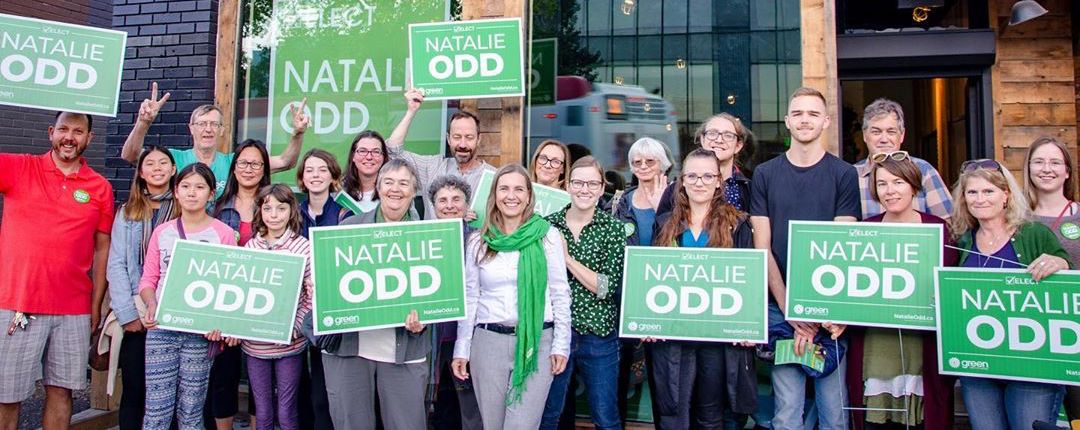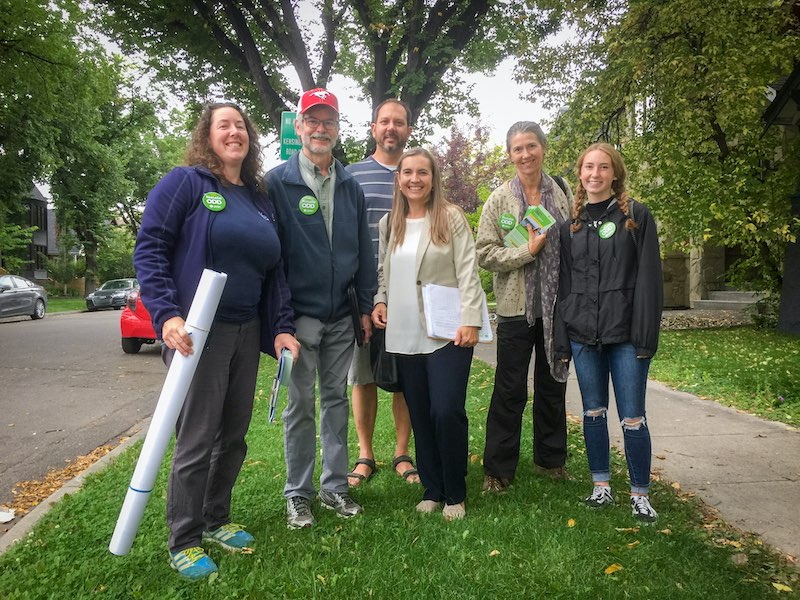Too many students complete their education with a crippling financial burden. Greens are the only party in Calgary Confederation with a plan for free tuition for post-secondary students.

The average student debt is $26,000
Too many students complete their education with a crippling financial burden. And this is an issue when students are in the middle of their studies. Food banks at Calgary’s post-secondary schools are experiencing an unprecedented demand this school year – and the first semester has only just begun.
A straight-forward approach to help our students is to make tuition free. We can help every student while providing the skills and training needed to develop competitive workforce and informed citizenry.
Our universities and colleges are in danger of collapse
The current model is in danger of collapse. Too many universities are caught in a spiral of fund-raising to provide education of diminishing quality. Dramatic funding cuts dating back to the 1990s mean universities have come to depend on part-time contract instructors, higher tuition fees and fundraising to balance the books.
The result is precarious employment for many highly educated academics, crushing debt loads for graduates as they begin their adult lives, and lost opportunities for many who simply forego higher education.
The solution is simple
Let’s reinvest in post-secondary education and support our students.
The federal government needs to reinvest in the system. The Green budget allocates $10 billion to post-secondary and trade school supports.
- Make college and university tuition free for all Canadian students.
- Forgive the existing student debt that is held by the federal government.
- Tie funding in federal-provincial transfers to universities, providing more to universities and colleges with a measurable focus on student-professor contact, mentorship, policies of inclusion and tenure track hires.
- Remove the two per cent cap on increases in education funding for Indigenous students and ensure all Indigenous youth have access to post-secondary education.
We can afford free tuition – and we can’t afford not to
Free tuition will be financed by redirecting existing spending on bursaries, tuition tax credits, saved costs of administering the student loan system, and the hundreds of millions of dollars of student loan defaults written off every year. Tuition scholarships provided by colleges and universities can be redirected to offset other student costs.
Our society is stronger when the citizenry is informed, critical and well educated. Moreover, post-secondary education is part of Canada’s treaty obligations to Indigenous Peoples and a key focus for reconciliation.
Together, we can support our students
Natalie is the only candidate in Calgary Confederation that has a plan for universal access to quality post-secondary education for everyone.
Every vote, every lawn sign and every donation gets us one step closer to starting this plan.

Pledge to Vote
On October 21, join us in voting for our students
Get a Lawn Sign
Every sign sends a message: you support education for everyone.
Donate
We are funded by grassroots supporters like you.
How to vote in the 2019 election
Guide for post-secondary students
Begin by deciding what your home address will be. It is likely one of two options:
- The place you live while at school
- The place you live while not at school
After you decide on your home address, make sure you are registered at that address. The best place to start is visiting www.elections.ca.
You will need to show proof of your home address. You will need government issued photo ID with your home address on it, or you can show two documents to prove your home address. See Elections Canada for a list of all acceptable IDs.
If you live on campus, you can show your student ID card AND show a letter from your residance assistance verifying your current address. You’ll need to ask your RA for that letter.
No matter where your home address is, you’ll be able to vote at the University of Calgary from October 5 to 9. During the advanced polls (October 11 to 14) and on election day (October 21), you’ll need to vote at your designated poll location.
Learn more about voting as a post-secondary student in Canada.